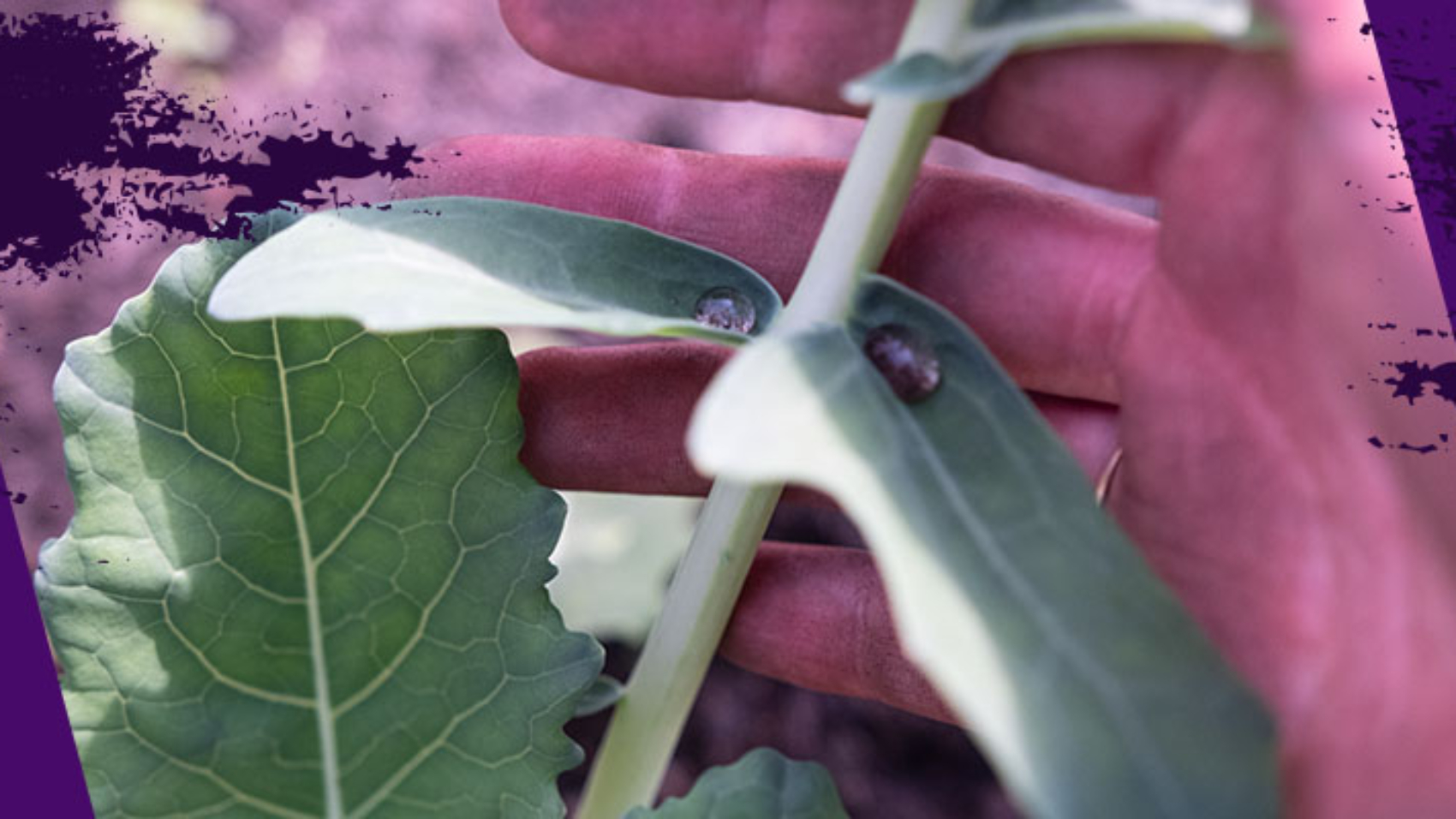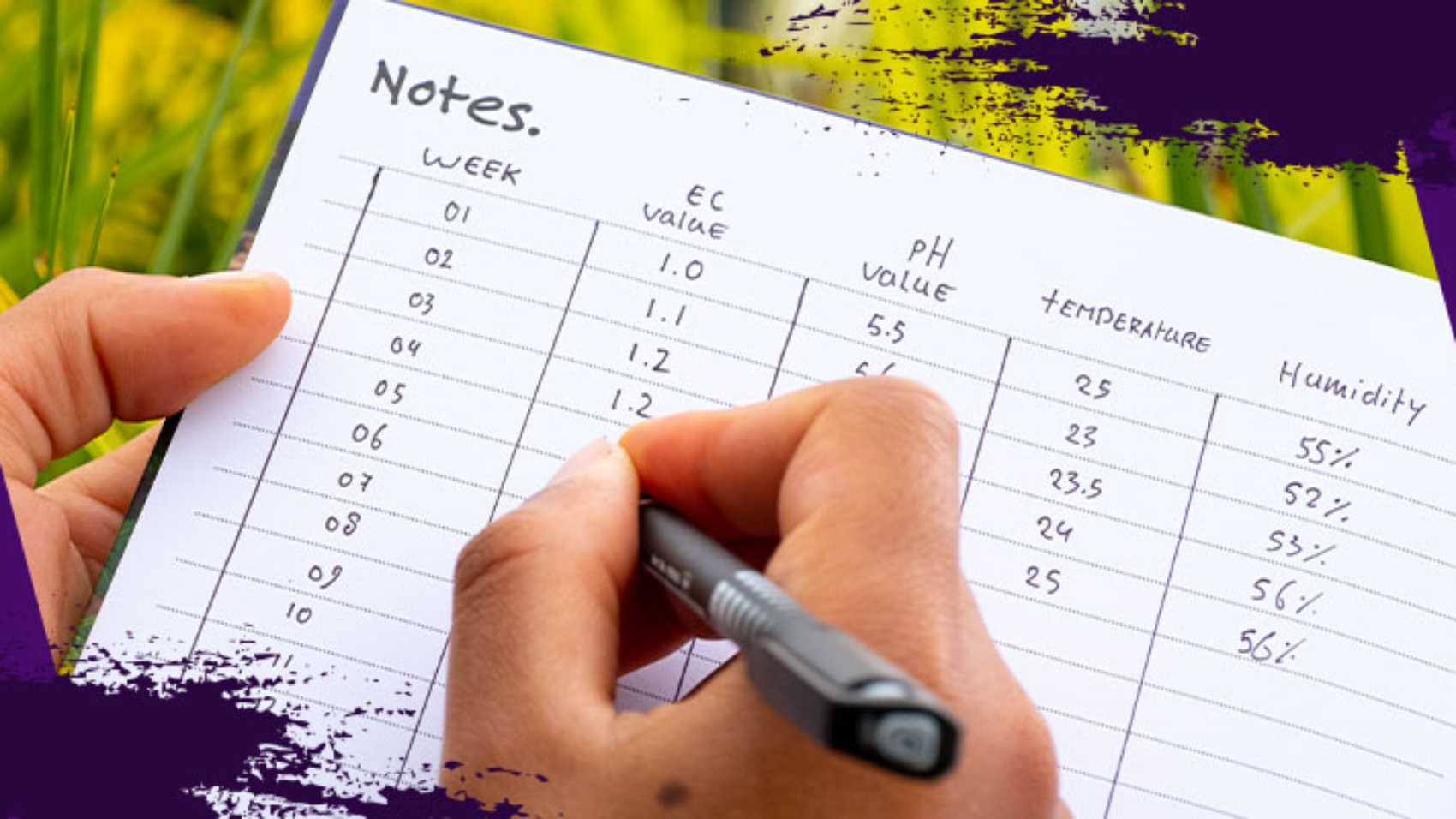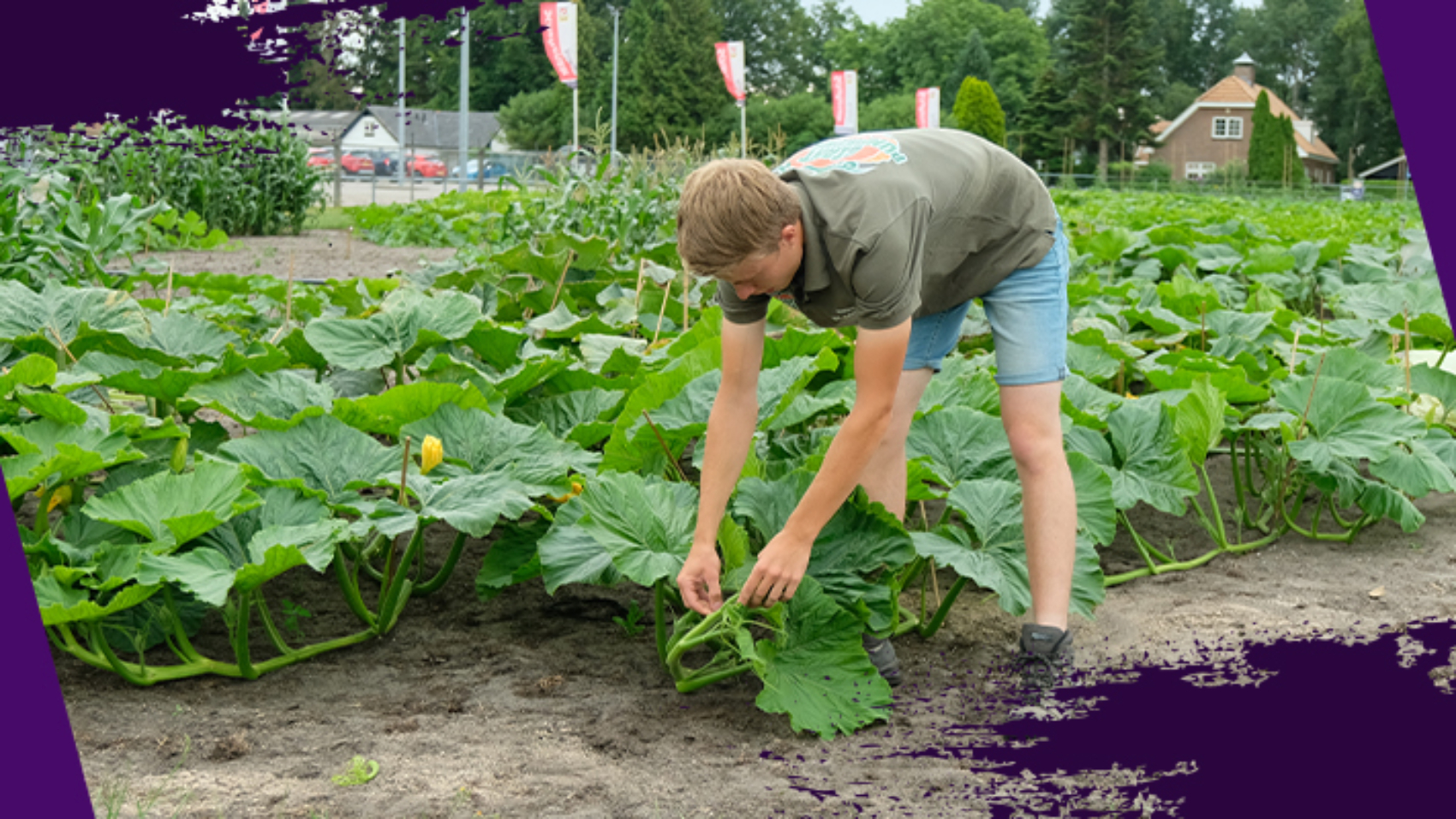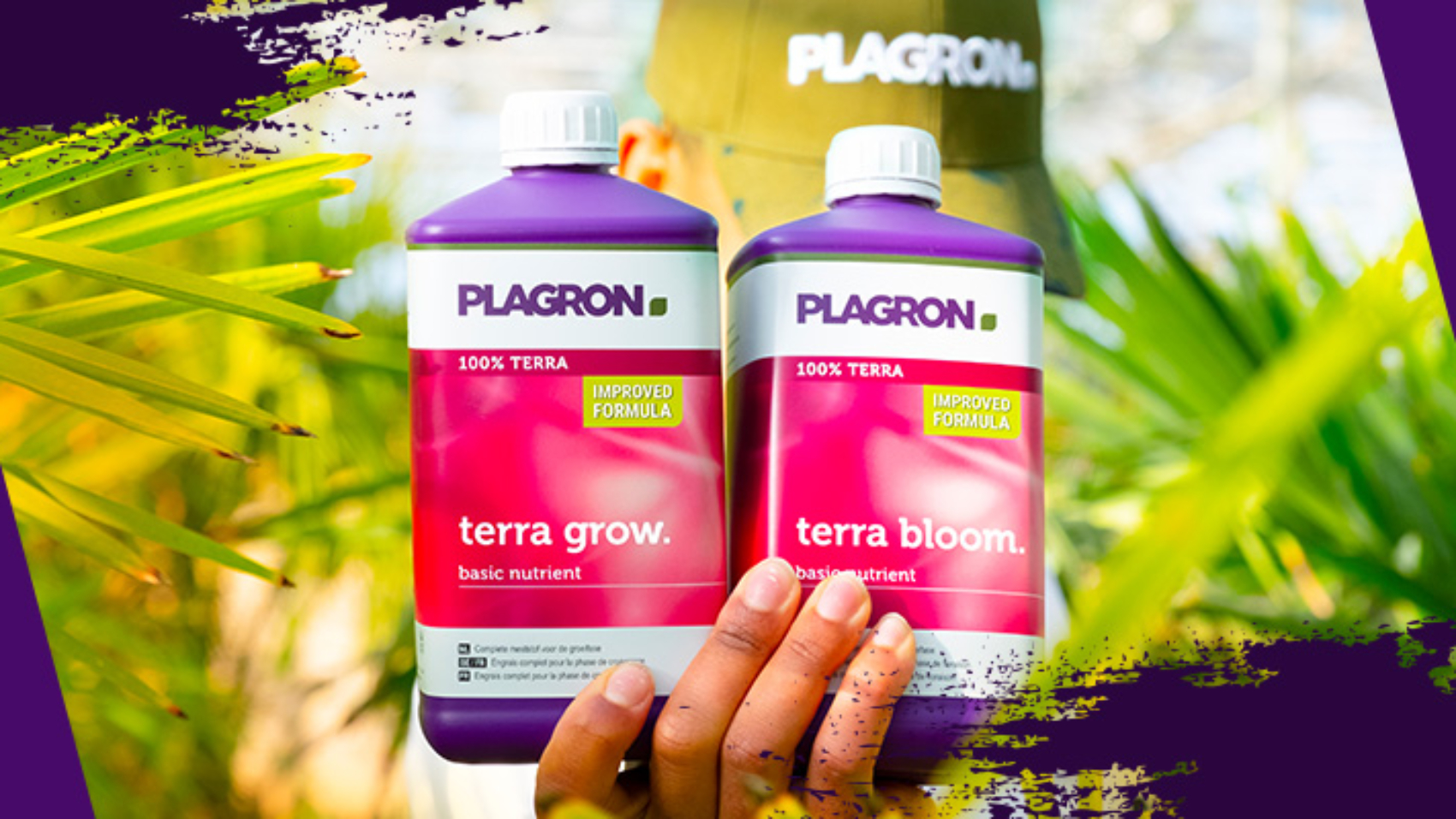Growing outdoors for beginners. In the last topics we addressed grow boxes, pots, nutrients, additives and loads of other things. It’s a good idea to summarize what you’re going to need for your first growing project.

Which tools and supplies do I need?
- Seeds or cuttings. Obviously, you’re going to need the plant itself. You can buy seeds, recycle them from fruit or vegetables or ask for a cutting from someone who’s already growing.
- Pots and trays. You germinate the seeds and let them grow in a seed tray inside a grow box. There are also cheaper DIY alternatives. If you’re not planning to grow in open ground, you’ll need reasonably large pots. You’ll have to transplant every once in a while as the plant grows in size.
- Thermometer and hygrometer. It’s always a good idea to know how warm and humid it is.
- Tools. A garden trowel, beaker and watering can are pretty useful to plant, mix nutrient solutions and water your plants. A spray bottle can also come in very handy.
- Substrate. You’ll need a different soil for every phase of a plants’ life.
- Young seedlings go in seeding and cutting soil.
- Later on, plants will be transplanted to larger pots and finally (if you choose this method) into open soil. The pots will need to be filled with a substrate.
- Improve the soil of your planting area with worm humus.
- Base nutrition. Strictly speaking a plant needs nothing more than what nature can give it. You will get better results, however, if you add a fertilizer. A nutrition that is designed to work with the substrate is preferable.
- Sticks and supports. Once a plant gets bigger later on in the year, it will start to hang. Support it with sticks or a rack, for example made of bamboo.



















